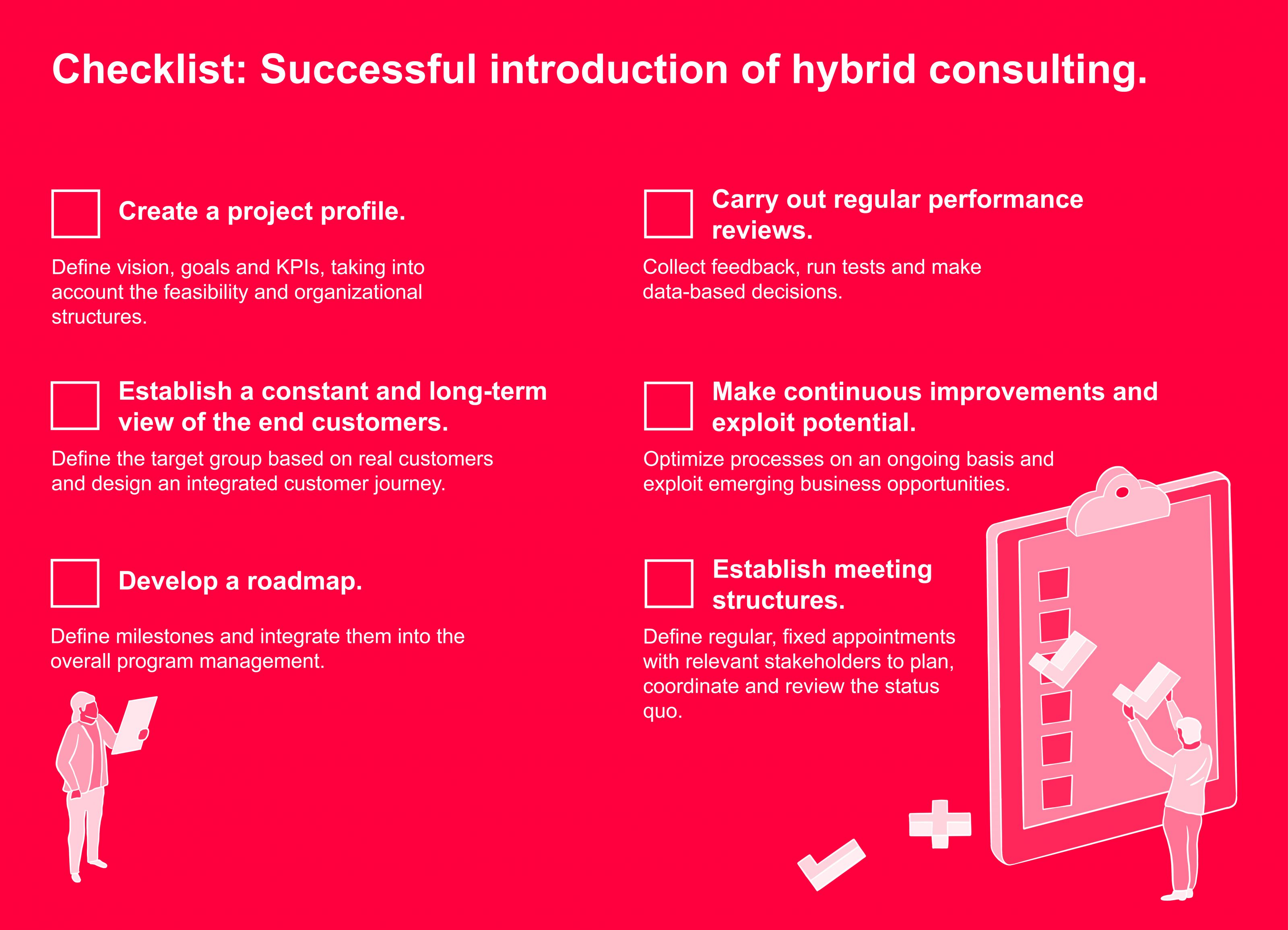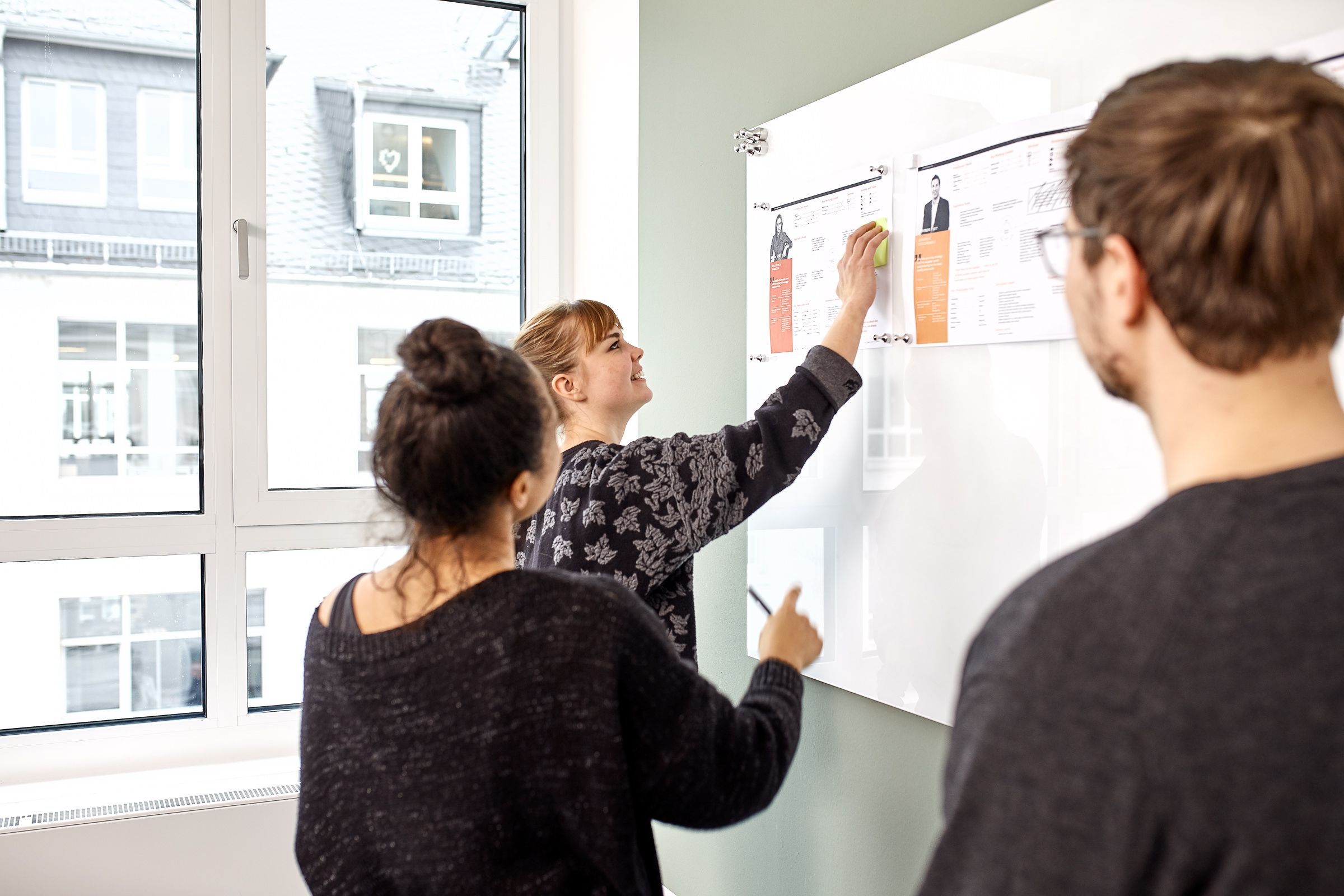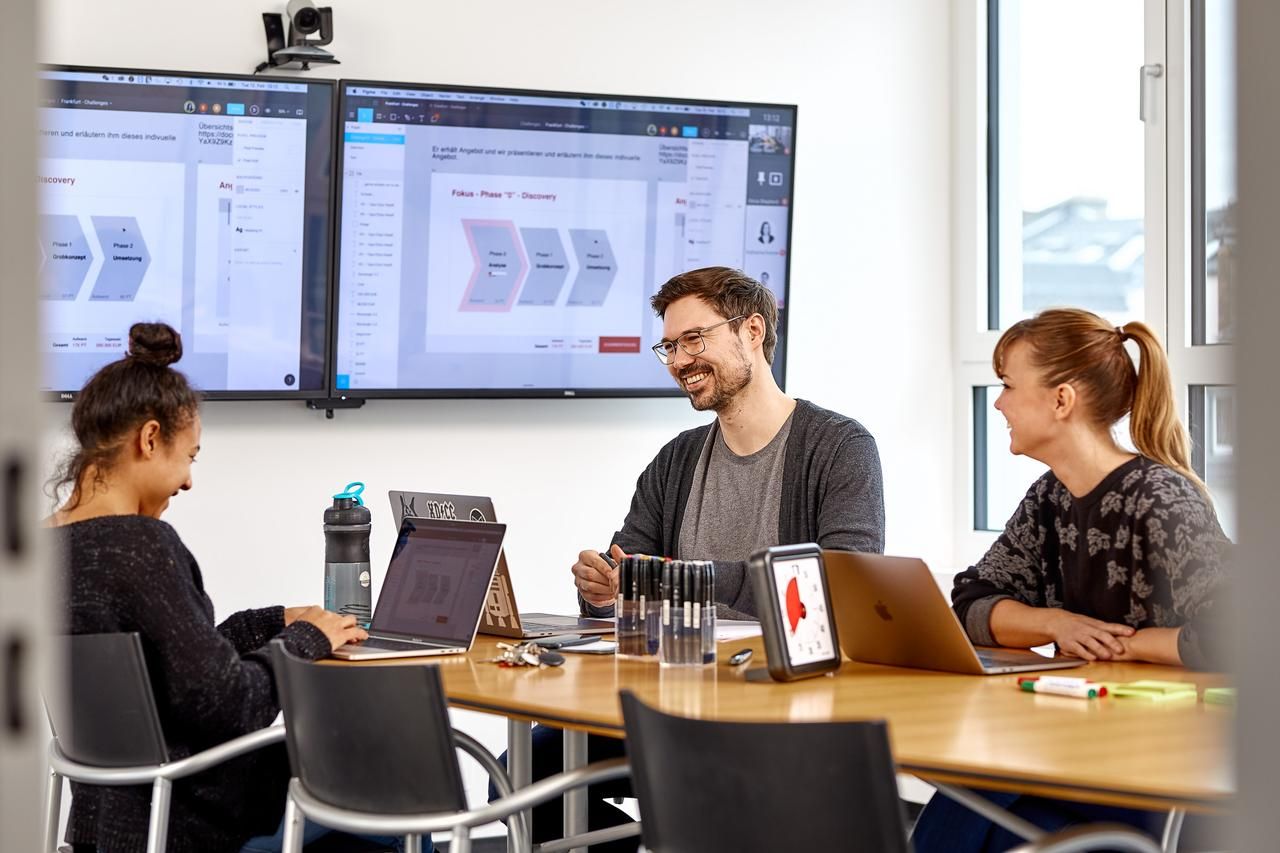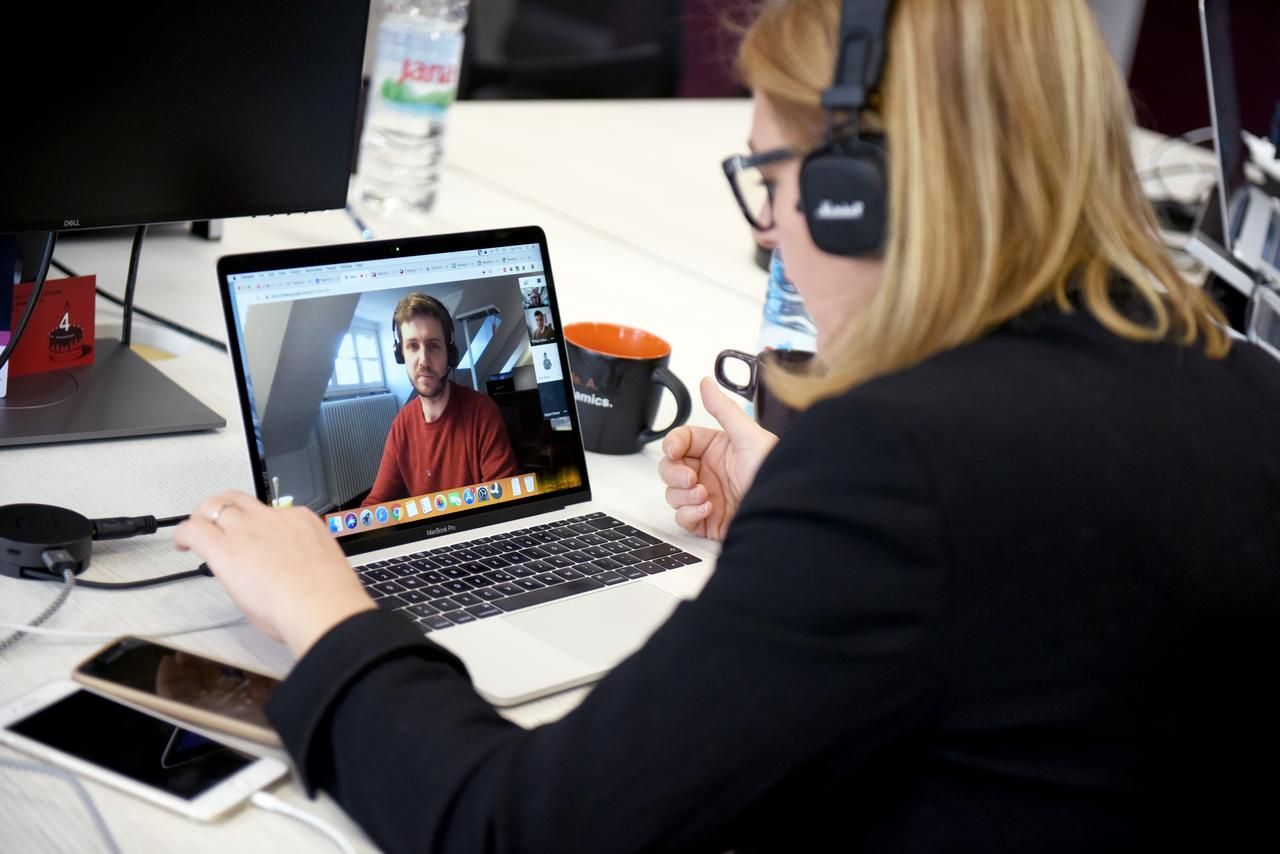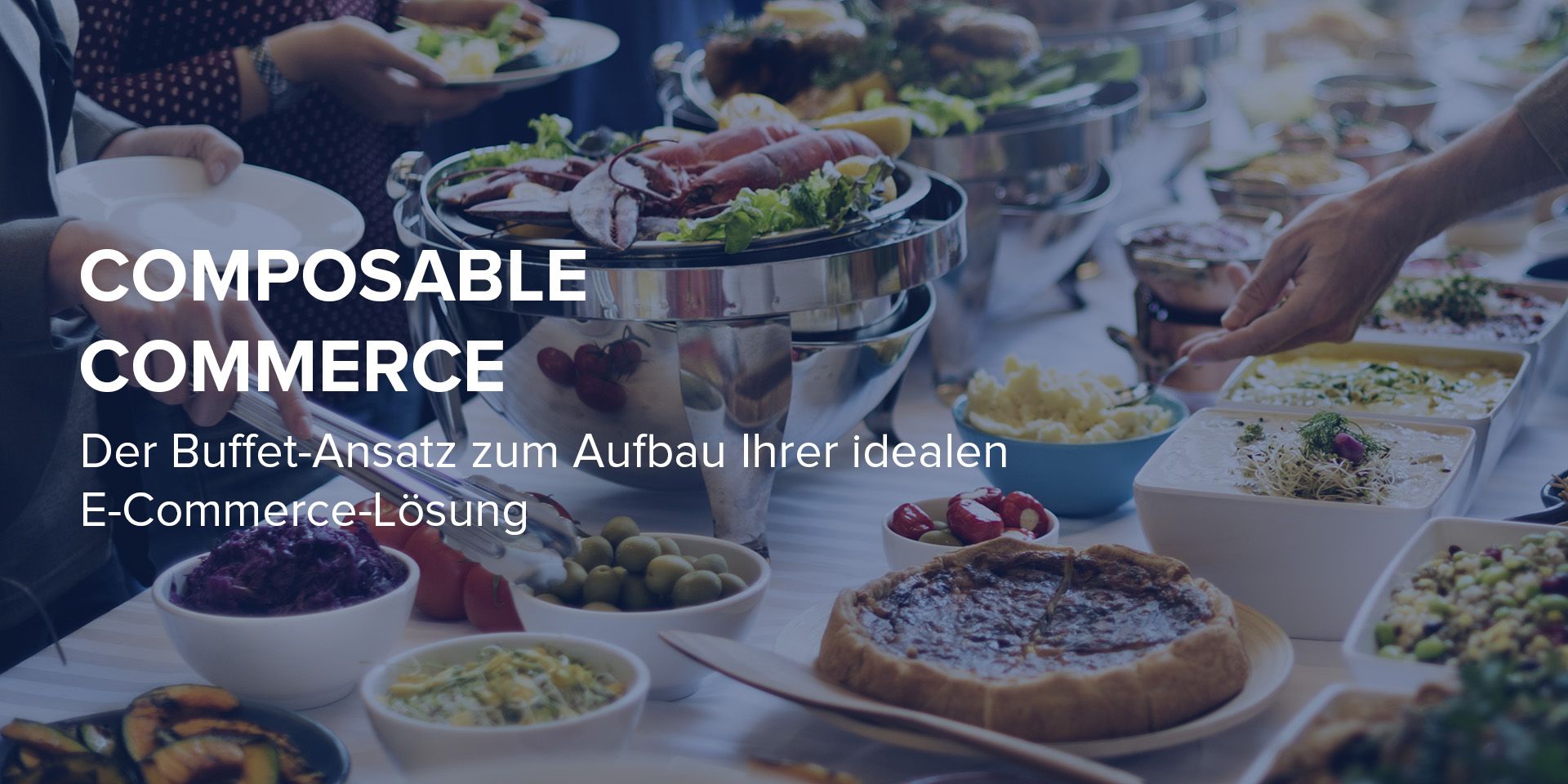1. Create a project profile.

First things first – before you start the implementation, you need a roadmap for the introduction of hybrid consulting. To do this, you first develop a vision, define goals, metrics and KPIs, and check the solution for technical feasibility.
My recommendation: It's best to get all the relevant stakeholders on board with this first step. Project experience shows that this is unfortunately often forgotten in the operational business. This will give you important input for your vision. In addition, make sure that you consider all aspects from the very beginning.


